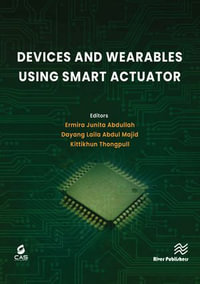
eTEXT
Deep Learning for Autonomous Vehicle Control
Algorithms, State-of-the-Art, and Future Prospects
By: Sampo Kuutti, Saber Fallah, Richard Bowden, Phil Barber
eText | 1 June 2022
At a Glance
eText
$54.99
or
Instant online reading in your Booktopia eTextbook Library *
Read online on
Desktop
Tablet
Mobile
Not downloadable to your eReader or an app
Why choose an eTextbook?
Instant Access *
Purchase and read your book immediately
Read Aloud
Listen and follow along as Bookshelf reads to you
Study Tools
Built-in study tools like highlights and more
* eTextbooks are not downloadable to your eReader or an app and can be accessed via web browsers only. You must be connected to the internet and have no technical issues with your device or browser that could prevent the eTextbook from operating.
ISBN: 9783031015021
ISBN-10: 3031015029
Published: 1st June 2022
Format: PDF
Language: English
Publisher: Springer Nature
You Can Find This eBook In
This product is categorised by
- Non-FictionEngineering & TechnologyEnergy Technology & EngineeringElectrical Engineering
- Non-FictionEngineering & TechnologyMechanical Engineering & MaterialsMechanical Engineering
- Non-FictionEngineering & TechnologyTransport Technology & TradesAutomotive Technology & Trades
- Non-FictionEngineering & TechnologyCivil EngineeringHighway & Traffic Engineering























